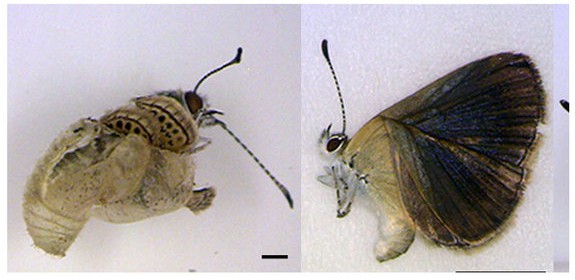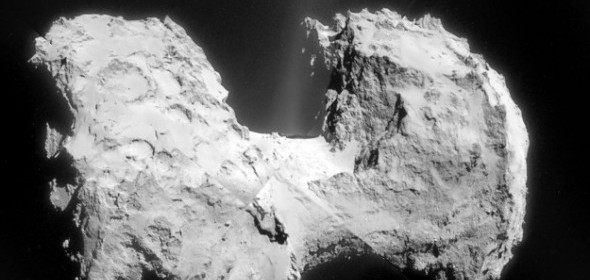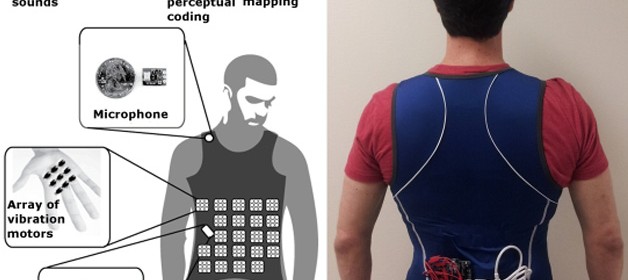New Species of Whale Discovered In Antarctica

Scientists believe is a new whale species is doing the exact opposite of other whales. It is being as heard as it is seen. Recordings taken near the polar continent captured a strange, never-before-heard whale sound — a signal they are calling “Antarctic BW29”. Researchers say that they located the signal 1,000 times in 14 separate recordings. The unique sounds […]
Read more








